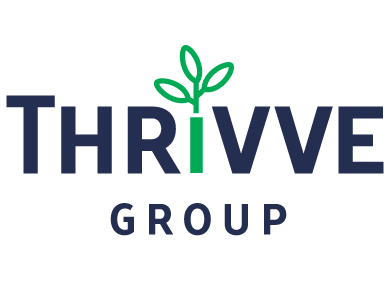Addressing Productivity Challenges and Strategies in the Workplace
Understanding and optimizing productivity is key to achieving sustainable growth and competitive advantage in our dynamic business landscape, where efficiency is paramount. The term "worker productivity" to executive management and IT professionals often means streamlining processes and procedures to make the average worker more essential. Looking at productivity more broadly can be helpful.
As defined by Investopedia, productivity refers to the output per unit of input, encompassing labor, capital, and various resources. This metric is often assessed on a broader scale, such as the economy's gross domestic product (GDP) relative to hours worked. Within this framework, labor productivity can be dissected into several components, including trends in labor growth, wage levels, and technological advancements.
Workplace productivity is commonly measured by the quantity of work accomplished over a specific period. However, achieving optimal productivity can be hindered by various factors, as highlighted by the Institute for Corporate Productivity (i4cp), which reported a global downturn in worker output from 2019 to 2023, with rates as low as 1.1%.
Following the upheaval caused by the pandemic, theories abound regarding the decline in labor productivity, mainly attributed to companies enforcing a return-to-office policy. This approach has been criticized for eroding employees' trust and autonomy, thus impeding their ability to perform at their best.
Additionally, factors that affect productivity are attributed to bureaucratic and toxic work environments, excessive workloads, ineffective leadership, outdated technology, and personal reasons.
Nevertheless, there are strategies to bolster productivity and mitigate its challenges. These include encouraging employees to take vacations to rejuvenate, emphasizing value-driven work over exerting influence, combatting procrastination, delegating tasks effectively, not only leveraging automation to streamline repetitive processes.
By adopting these qualitative productivity-enhancing measures, businesses can cultivate a conducive environment where individuals thrive, leading to increased efficiency, innovation, and, ultimately, organizational success.
References
Celes. (n.d.). 50 Ways To Boost Your Productivity. Personal Excellence. Retrieved from https://personalexcellence.co/blog/boost-your-productivity/
Kenton, W. (May, 2023). What Is Productivity and How to Measure It Explained. Investopedia. Retrieved from https://www.investopedia.com/terms/p/productivity.asp
Stephanie. (February, 2023). 10 Factors That Affect Employee Productivity at Work. Peoplelogic. Retrieved from https://peoplelogic.ai/blog/factors-that-affect-employee-pro...
Tsipursky, G. (August, 2023). We Have A Predicament: Productivity Is At An All-Time Low — And It's Because We're Failing Employees In 2 Ways. Entrepreneur. https://www.entrepreneur.com/leadership/productivity-is-at-a...
Youshaei, J. (May, 2018). 14 Surprisingly Simple Ways To Boost Your Productivity. Forbes. Retrieved from https://www.forbes.com/sites/jonyoushaei/2018/05/16/14-surpr...

